For many divers, scuba’s challenging nature attracted us in the first place. The challenges of going where most people never will, of breathing underwater, of testing our limits excited us. After a while, however, the challenge of diving shallow, sunlit reefs inevitably pales. Those divers in search of an adrenaline rush will look for new ways to satiate their thirst for adventure. Here we’ll take a look at five of the world’s most extreme dive sites. Each one provides that adrenaline rush once again for even the most seasoned diver.
Five Extreme Dive Sites
Peleliu Expressway, Palau
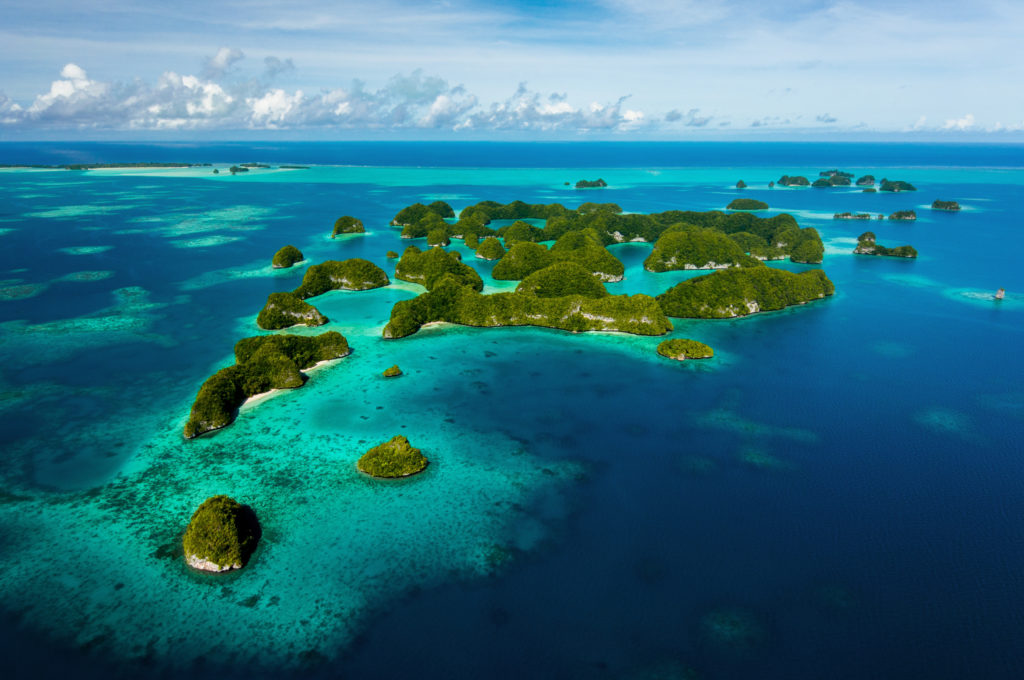
What makes it extreme: Current
Located on the southern reef of Peleliu Island in Palau, the first of our extreme dive sites may offer the ultimate drift. Appearing as a sheer wall that plunges from 20 to 120 feet (7 to 40 m), Peleliu Expressway is home to some of the world’s strongest and most unpredictable currents. As a result, only the most experienced divers should attempt this dive site, particularly during the new and full moon when the current is strongest. At Peleliu, the current is liable to change direction at a moment’s notice. Perhaps most dangerously of all, it often pulls vertically as well as horizontally.
However, those who are willing to contend with the extreme conditions of the Expressway will be rewarded with 100- to 130-foot (30 to 40 m) visibility. A wealth of incredible pelagic life includes game fish, sharks, cetaceans and more. Divers who attempt the Expressway must carry a reef hook and a surface marker buoy.
Experience level/recommended qualifications: PADI Advanced OW, PADI Drift Diver or equivalent
Mandatory equipment: Surface marker buoy, delayed surface marker buoy, reef hook
Click here for more information.
Petermann Island, Antarctica
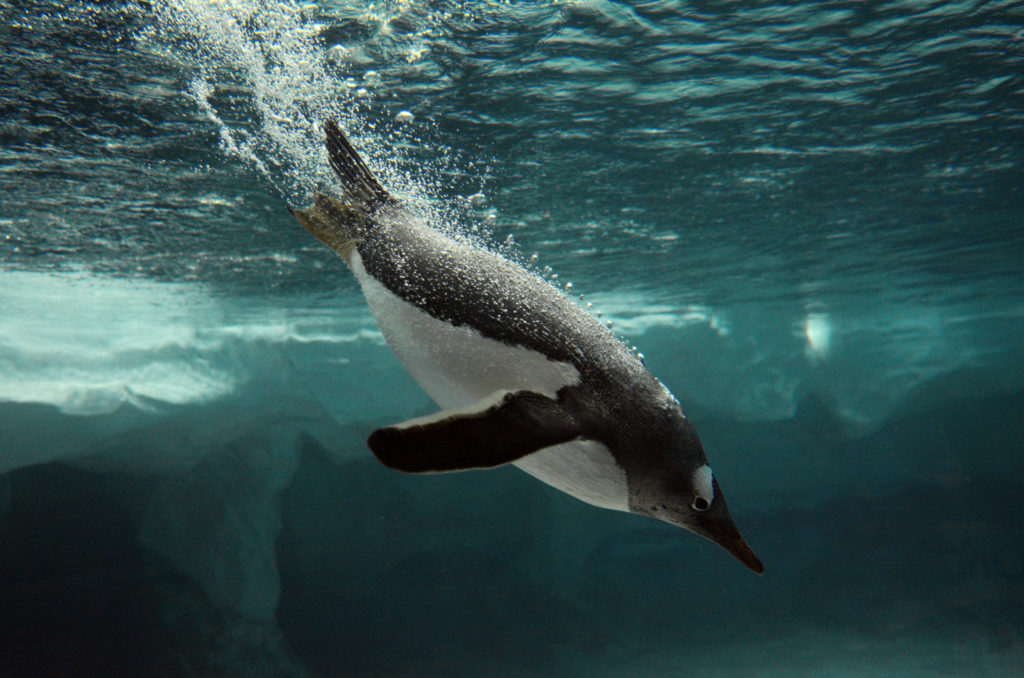
What makes it extreme: Cold
Accessible only via a dedicated polar liveaboard, Petermann Island is located just south of the Lemaire Channel in Graham Land, Antarctica. Recognized as an Important Bird Area (IBA) by BirdLife International, Petermann Island is home to more than 3,000 pairs of breeding Gentoo penguins. These penguins, and the leopard seals that congregate to prey upon them, are the highlight of Petermann’s frigid dive sites. Water temperatures here fluctuate between 28 to 34F (1 to -2 C), so divers must use a drysuit and a cold-water regulator able to function in near-freezing temperatures.
In addition to the region’s penguins and leopard seals, those that brave the cold can expect to see plunging walls adorned with colorful tunicates, sea stars, sea cucumbers and cold-water nudibranchs. Summer, between the months of November and March, is the best season for Antarctic liveaboards. At the beginning of the season exceptional visibility can reach hundreds of feet, but later in the season, plankton blooms can reduce water clarity considerably.
Experience level/recommended qualifications: PADI Advanced OW, PADI Ice Diver, PADI Drysuit Diver or equivalent
Mandatory equipment: Drysuit, cold-water regulator
Click here for more information.
Dead Sea, Israel
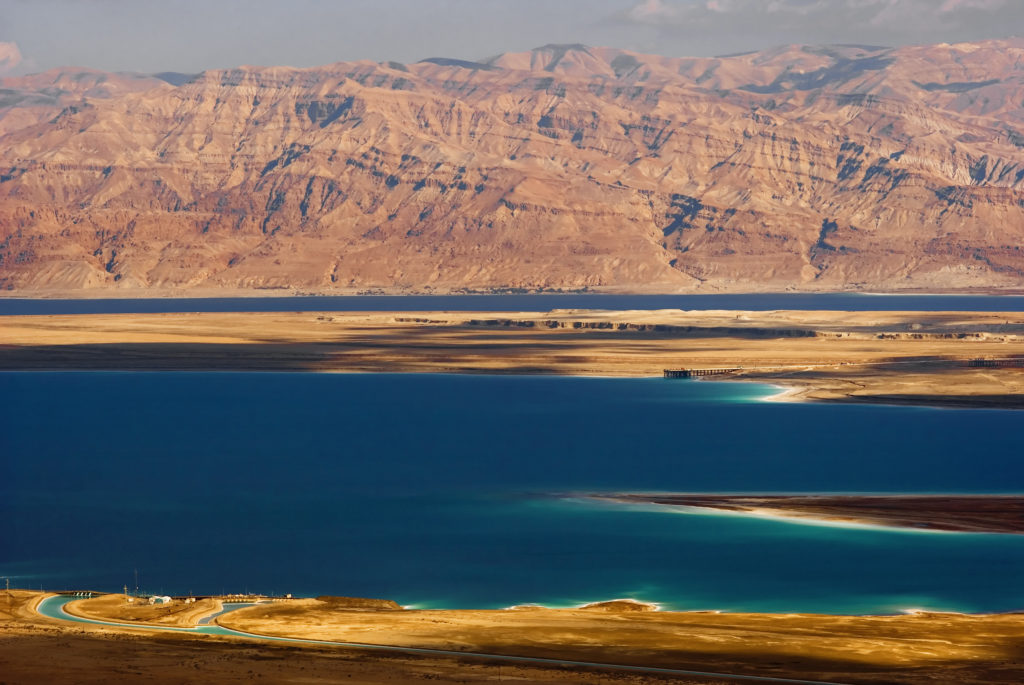
What makes it extreme: Salinity
Bordered by Jordan and Israel, the surface of the Dead Sea is 1,407 feet (429 m) below sea level, making it the lowest terrestrial point on Earth. With a salinity of 35 percent, it is 10 times saltier than the ocean, and is one of the world’s saltiest bodies of water. This incredible salinity makes Dead Sea diving unique. Divers will require between 90 to 110 pounds (40 to 50 kilograms) of weight to descend below the surface. To protect the eyes, nose and mouth, you must dive with a full-face mask.
Beneath the surface, the Dead Sea landscape is quite alien. Divers will spot white salt formations stretching as far as the eye can see, like a warm-water ice field. In the sunlight, the salt crystals shimmer like diamonds, so that the strangeness of this underwater environment more than makes up for the absence of aquatic life. Dead Sea water temperatures fluctuate from 64 to 95F (18 to 35C) depending upon the season, and visibility ranges from 3 to 66 feet (1 to 20 m)
Experience level/recommended qualifications: PADI Advanced OW or equivalent
Mandatory equipment: Full-face mask, plenty of extra weight
Lake Titicaca, Bolivia
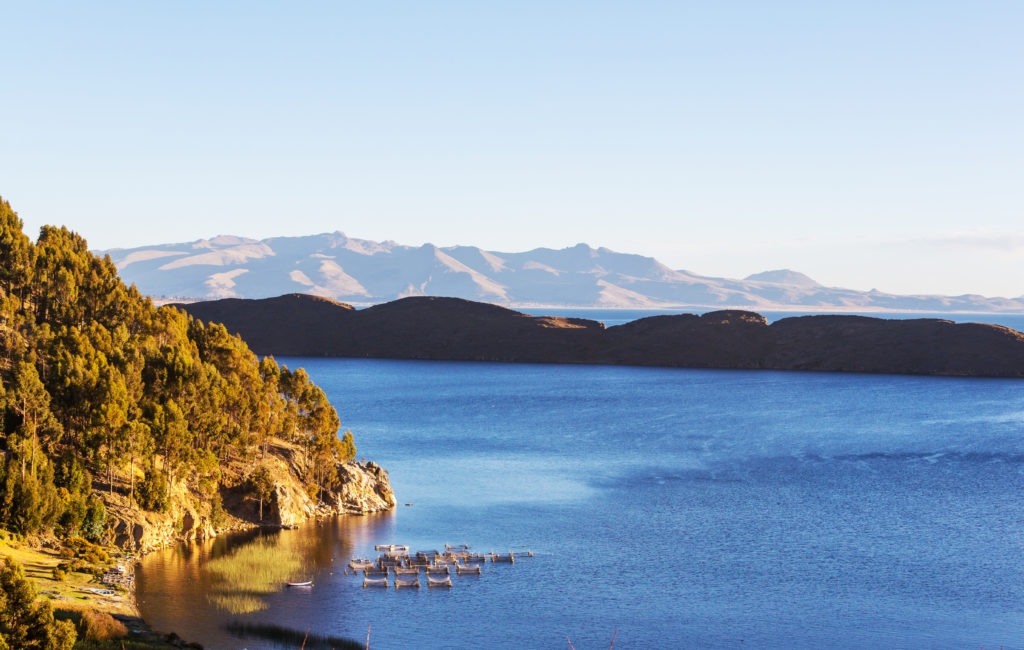
What makes it extreme: Altitude
In the Andes on the border of Peru and Bolivia, Lake Titicaca is the largest lake in South America. It is also the world’s highest dive site within recreational limits, with an elevation of 12,500 feet (3,810 m). Framed by the scenic peaks of the snow-capped Andes, the lake’s average surface temperature fluctuates between 50 to 57F (10 to 14C). It’s home to more than 530 aquatic species, approximately 90 percent of which are endemic.
Thanks to the lake’s exceptionally high altitude, you must conduct dives through the Bolivian Navy’s El Centre de Instruccion de Buceo en Altura (high-altitude diving center). Before exploring the lake, guides brief the divers about high-altitude diving procedures. You’ll also participate in a hyperbaric test in the center’s decompression chamber. In 2000, archaeologists discovered the ruins of a pre-Incan temple while diving in Lake Titicaca, believed to date back some 1,500 years.
Experience level/recommended qualifications: PADI Open Water, PADI Altitude Diver or equivalent
Mandatory equipment: Altitude diving tables or computer
Click here for more information.
Open ocean, Hawaii
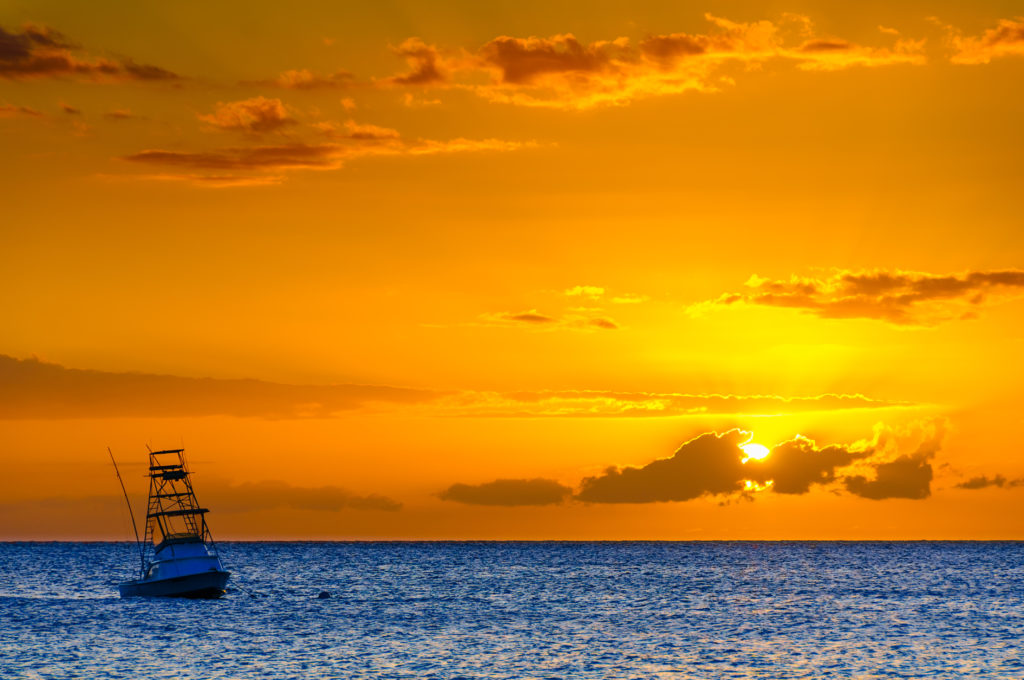
What makes it extreme: Depth
Off The Big Island of Hawaii’s famous Kona coast, the seafloor drops away dramatically. Divers do not have to travel far from shore to experience the wonders of the abyss. Dive operators make the most of the island’s incredible underwater topography through a unique experience known as black-water night diving. As the sun sets, divers travel by boat to a spot approximately three miles offshore. Here, the water is a staggering 8,000 feet (2,440 m). Guides attach divers to the dive boat via a tether to help with orientation and buoyancy control. Then, equipped with a dive light, divers descend in the pitch-black ocean.
The sensation of floating in the darkness above several thousand feet of water is not for the faint-hearted. But those who are up to the challenge will soon find that the nighttime ocean is magical. In the beam of the torchlight, divers can observe an endless procession of tiny deep-sea organisms as they migrate from the abyss towards the surface. Scientists have never formally classified many of these species, including jellyfish, larval crustaceans and sea squirts that glow with colorful phosphorescence.
Experience level/recommended qualifications: PADI Advanced OW, PADI Night Diver or equivalent
Mandatory equipment: Dive light
Click here for more information.

